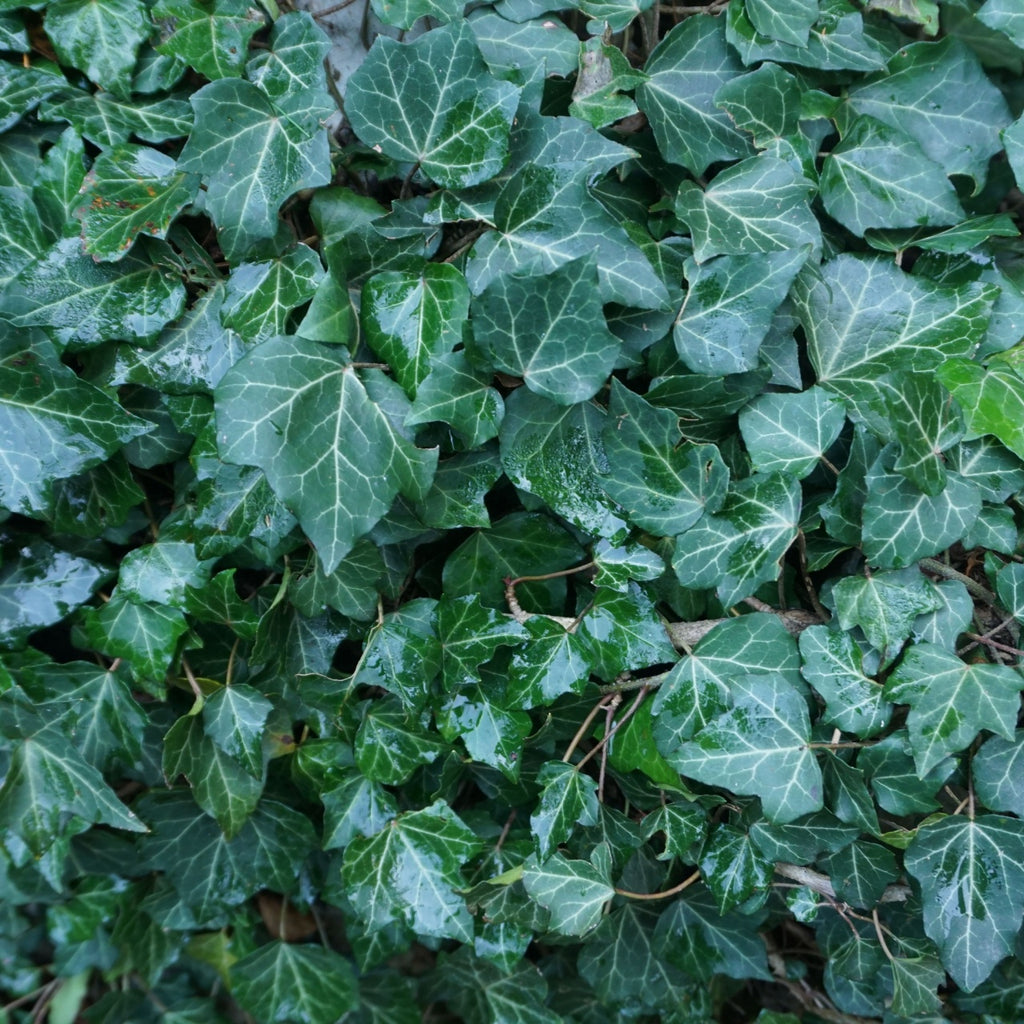
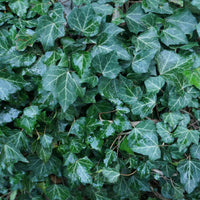
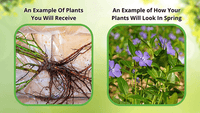
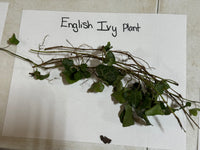
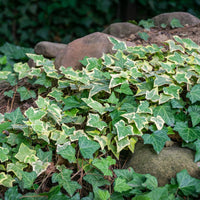
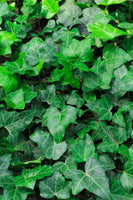
Couldn't load pickup availability
Ships in
7-10 DaysEnglish Ivy For Sale - Hedera helix Ground Cover Climbing Vine
The English Ivy plant is an evergreen favorite vine that loves to climb and will take advantage of most rough, vertical surfaces. However, where no structure is available, it makes a fantastically dense ground cover. While this tenacious vine is native to most of Europe, it has become a welcome resident in many gardens across North America.
Plant this species at the base of a tree and watch the ivy develop cascading dark green with yellowish-veined leaves along the tree’s trunk. Ivy can also be grown on the façade of buildings, creating vistas reminiscent of English gardens with Tudor-style houses. It grows well along fences or along stone walls as a drapery of leafy green foliage.
English Ivy Plant Details – Ideal for Ground Cover
Family: Araliaceae
Hardiness Zones: 4 to 9
Light Requirement: Partial to full shade; flowering stalks require full sun
Water Needs: Moderate
Height: reaches up to 100 ft in length
Spread: Covers large area of ground
Growth Rate: Fast
Bloom Time: Summer to Autumn
Flower Color: Greenish-yellow
Wildlife Value: Berries provide a food source for many bird species.
It is an effective climber because it produces rootlets with matted pads that can grip many different types of surfaces; however, they do best on rough, dark surfaces with a neutral pH. The plant spreads as part of its juvenile growth,, producing five-lobed leaves. However, it reproduces in a shrub-like mature phase, producing leaves that are ovate and dark green.
This plant will flower in areas that receive full sun light. Since the main body of the plant prefers shady conditions, flowering typically occurs at the tops of trees or other aerial locations. They flower in late summer with umbels of little greenish-yellow flowers that are nectar-rich. The fruit of the English Ivy is an important food source for many birds.
Landscape Uses and Maintenance - English Ivy
English Ivy can grow across a range of soil pH, however, just below neutral is ideal. It prefers shaded moist, rich loam soil areas, and will not tolerate growing in areas with consistent direct sunlight. While it can tolerate some drought, the most color-rich foliage is produced when soil is evenly moist.
Plant it next to a structure where you would like to add a vertical cloak of greenery or an area where you would like a sea of deep green ground cover. However, take caution when planting it close to a house or prized outbuilding; its strong, sticky roots can damage painted surfaces or wind their way into gutters and later cause damage.
Key Features of English Ivy -Hedera helix
Dense ground cover, berries provide food for birds, and grows well in shaded areas.
This perennial vine contributes many desirable and attractive elements to your gardenscape. From unfurling dense ground cover across a shaded woodland to layering green drapery on a stone wall, this plant is a fantastic addition to a garden. Shop for English Ivy online at TN Nursery. For 68 years, we have served the landscaping industry and homeowners with specimen plants.
This Is How Your Plants Will Look upon Delivery
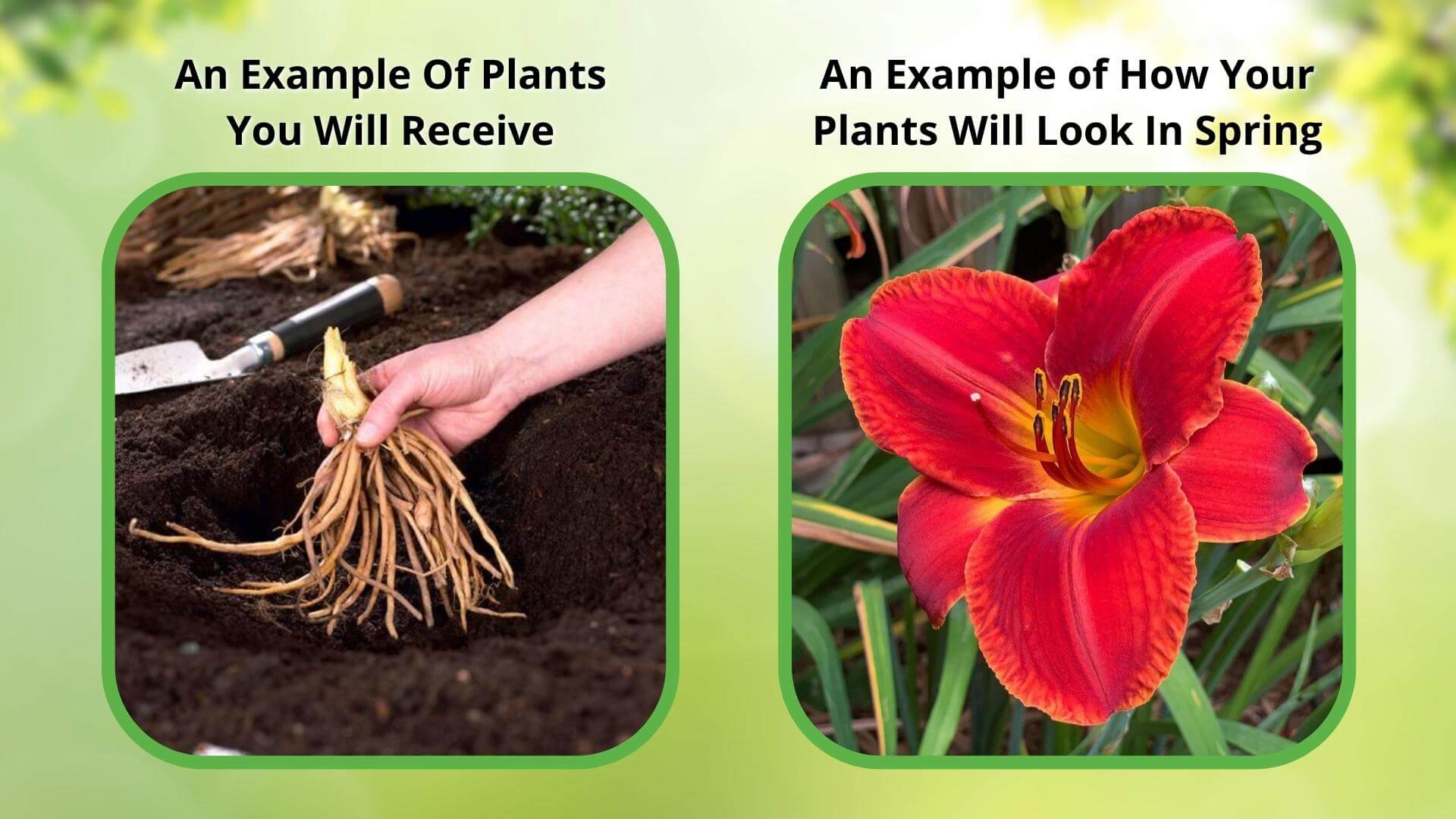
Height at Maturity
Under 12"
Care
English Ivy thrives in well-draining soil. Keep the dirt always moist but not waterlogged. Prune regularly to control its growth. Fertilize during the growing season to support healthy, vibrant foliage.
Plant Reproduction
English Ivy reproduces from seeds dispersed by birds when they eat the fruit.
How to Grow and Care for Bare Root Vines
Bare root vines arrive dormant, making them easy to plant and transport during cooler months. To grow them successfully, soak the roots in water for 3–6 hours before planting to rehydrate them. Choose a location with the right light exposure—most flowering or fruiting vines prefer full sun—and install a trellis, arbor, or support structure before planting.
Dig a hole wide enough to spread out the roots and deep enough so the crown (where the roots meet the stem) sits just at or slightly above ground level. Backfill with loose, well-draining soil, firm it gently, and water thoroughly. Keep the soil evenly moist during the first growing season to help establish strong roots.
Mulch around the base to retain moisture and prevent weeds, being careful not to cover the crown. As the vine grows, guide new shoots onto the support structure. Prune lightly after the first season to shape and remove any dead growth. With proper care, bare root vines will quickly take off and provide beautiful vertical interest in your landscape.
We carefully package every plant to retain superior moisture during transit. Once prepared, orders ship the same day through UPS or USPS, with typical delivery in 2–4 days.
Returns are not accepted, but plants are reshipped if extended warranty insurance was purchased at checkout. Otherwise, all plants include a standard 5-day warranty after delivery.
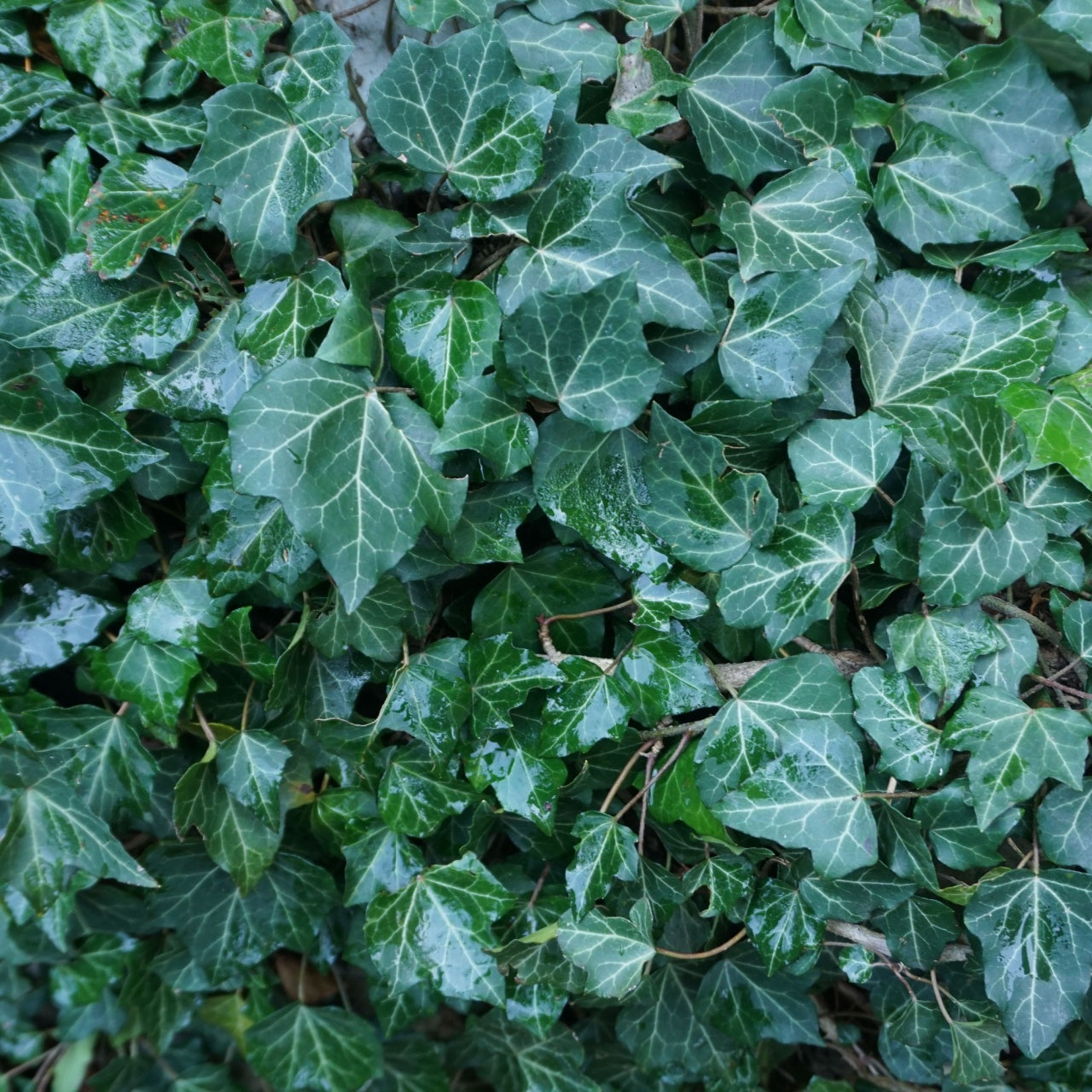

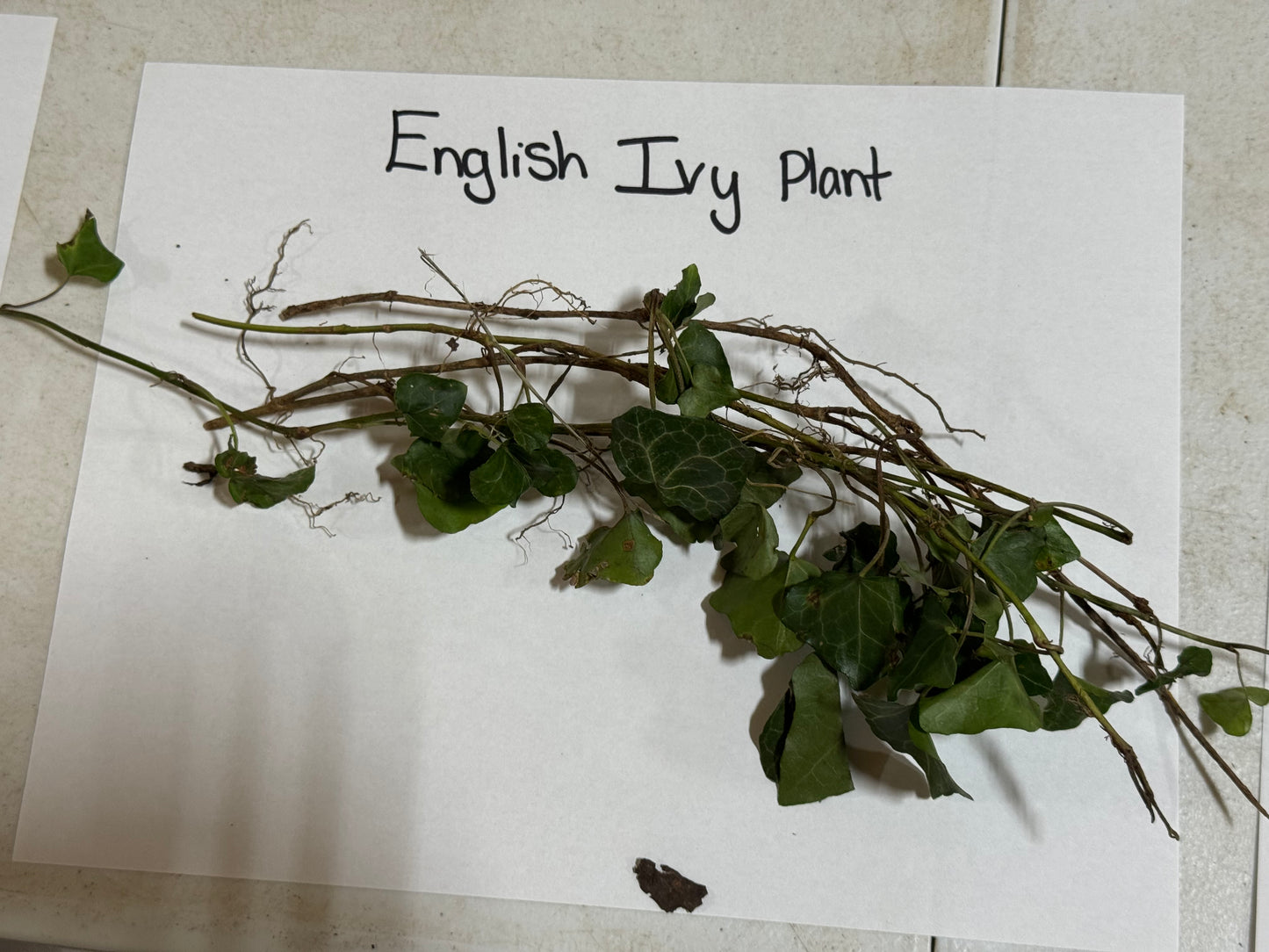
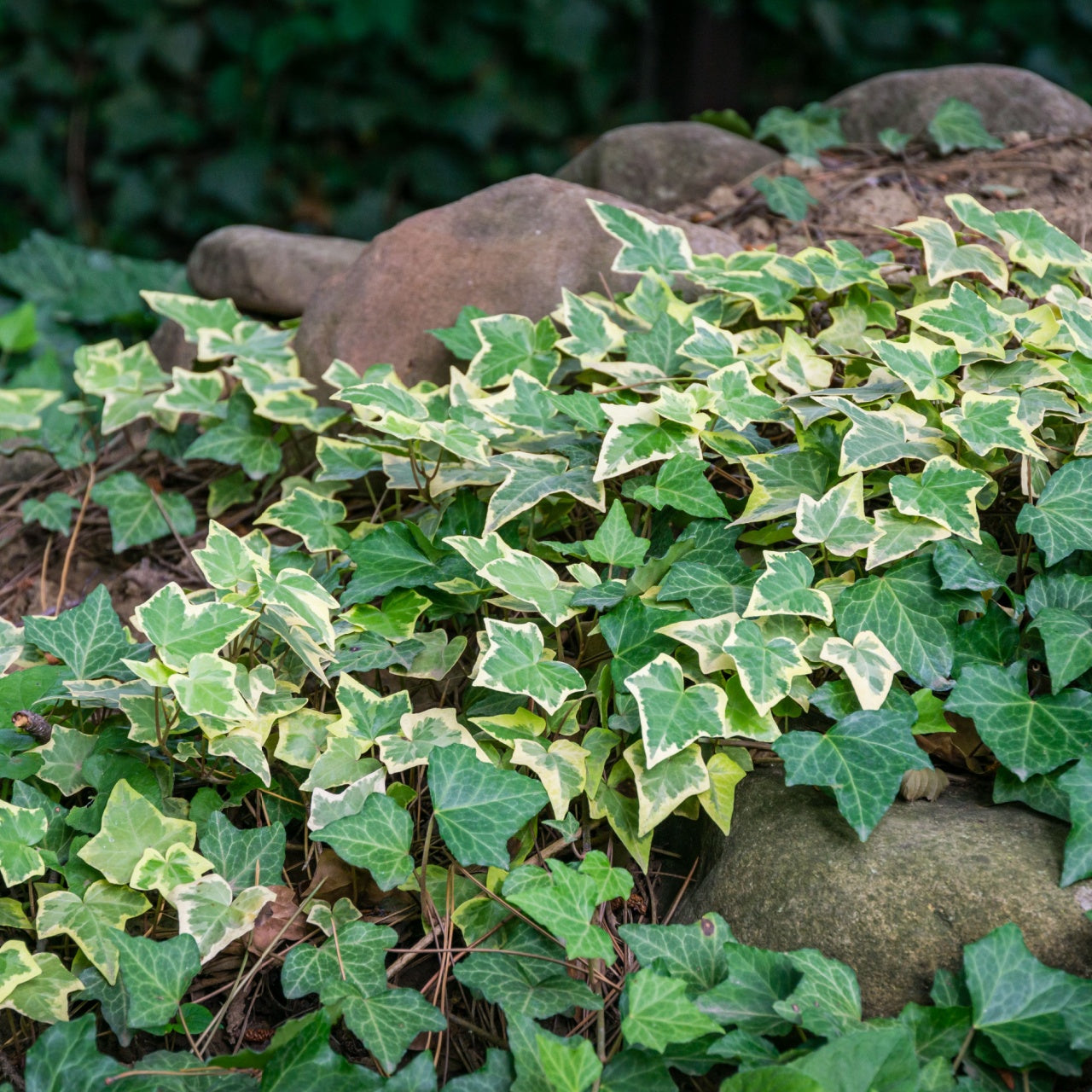

Caring Tips
How do I care for my English Ivy Plant?
Each box contains detailed care instructions and information about your product. But here's the basics.
Care Tips
English Ivy thrives in well-draining soil. Keep the dirt always moist but not waterlogged. Prune regularly to control its growth. Fertilize during the growing season to support healthy, vibrant foliage.
Light Requirements
English Ivy flourishes in bright, indirect sunlight but tolerates low-light conditions. It's best to dodge direct sunlight, which can scorch its leaves. Consistent, moderate lighting helps maintain its lush, green appearance.
Hardy Planting Zones
4 • 5 • 6 • 7 • 8 • 9 • 10
Couldn’t be happier—my English Ivy arrived healthy, rooted quickly, and is already spreading over my garden wall. Looks absolutely stunning!
The ivy was packed well, arrived fast, and has already taken off. It’s giving my garden the lush green look I’ve always wanted. Highly recommend!
English Ivy is easy to care for once it’s established. Mine is creeping along my garden beds nicely. Would definitely order again.
Love how this ivy keeps its deep green color year-round. It’s slowly covering a stone wall in my backyard and looks very natural.
Very pleased with my order. The ivy looked fresh on arrival and within a few weeks it started climbing the trellis. Exactly what I wanted.
